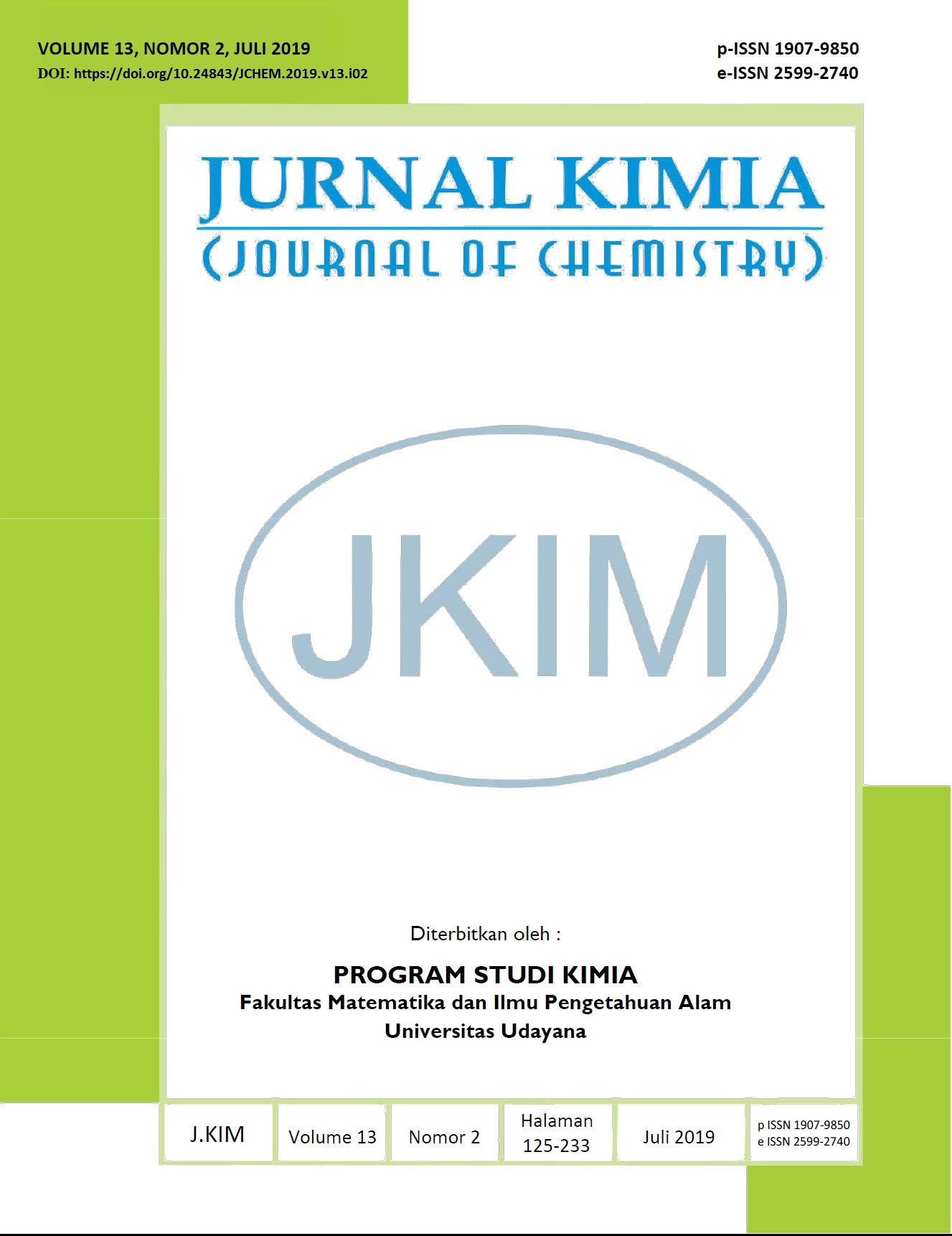AKTIVITAS AGEN PENCERAH KULIT DARI KATEKIN SECARA IN SILICO
Abstract
Darkening of the skin results from excessive production of melanin in the skin caused by an increase in tyrosinase related protein 1 enzyme activity. Catechins are flavonoid compounds which contain antioxidants. This study aims to determine the affinity and mechanism of catechins as skin lightening agents by inhibiting tyrosinase related protein 1 target proteins in silico using molecular docking methods. The study was carried out exploratively with the stages of preparing a database of 3D structures of catechins and tyrosinase related protein 1, optimization of 3D structure of catechins, protein preparation, validation of molecular docking methods, and docking of catechins in tyrosinase related protein 1. Docking results are assessed from the bonding energy and hydrogen bonds formed between catechins and proteins. The smaller the bond energy value, the stronger the bond between the catechins and proteins. The results showed that catechins had activity as skin lightening agents because they were able to inhibit the tyrosinase related protein 1 with a bond energy value of -6,35 Kcal/mol. The energy value of the catechin bond with the tyrosinase related protein 1 is smaller than the tyrosinase related protein 1 with its native ligand. This shows that catechins have greater potential and affinity in inhibiting the tyrosinase related protein 1 enzyme with hydrogen bonds on amino acid residues, namely ARG374. Based on the results obtained, catechins have activity as skin lightening agents with the mechanism of inhibiting the tyrosinase related protein 1 enzyme so that the amount of eumelanin formed is less and the skin becomes brighter.
Key words: catechins, skin lightening, tyrosinase related protein 1, in silico, molecular docking
Downloads

This work is licensed under a Creative Commons Attribution 4.0 International License






